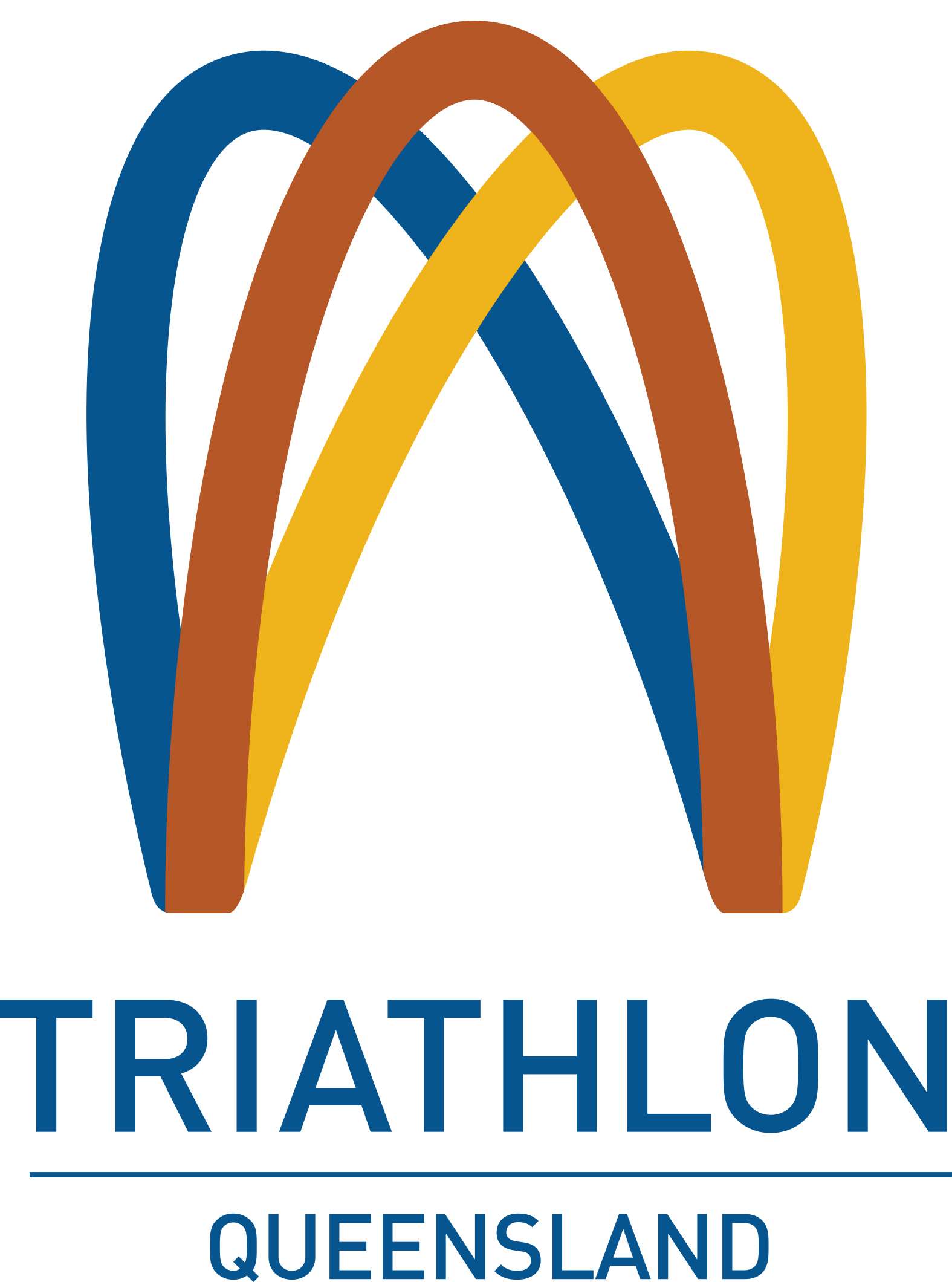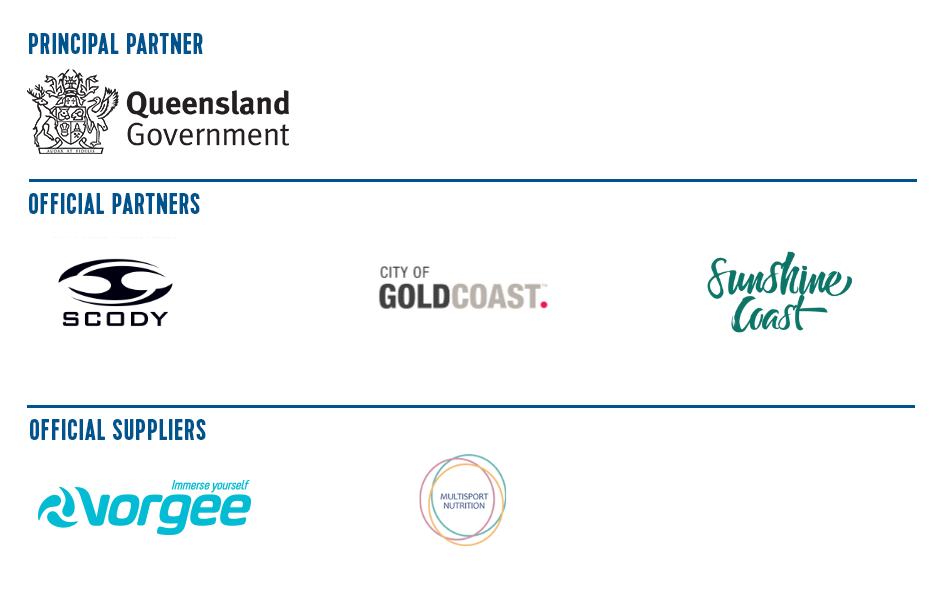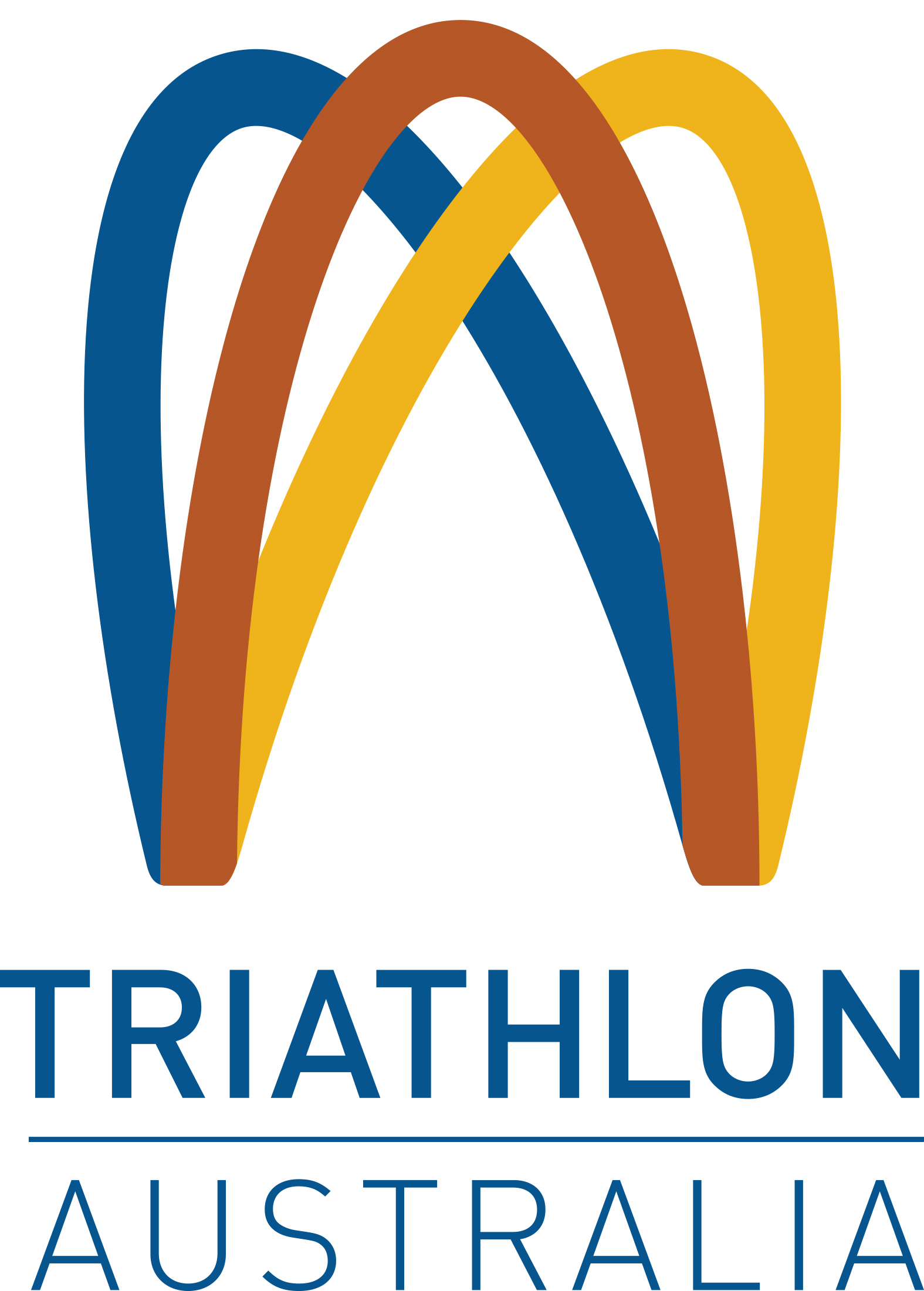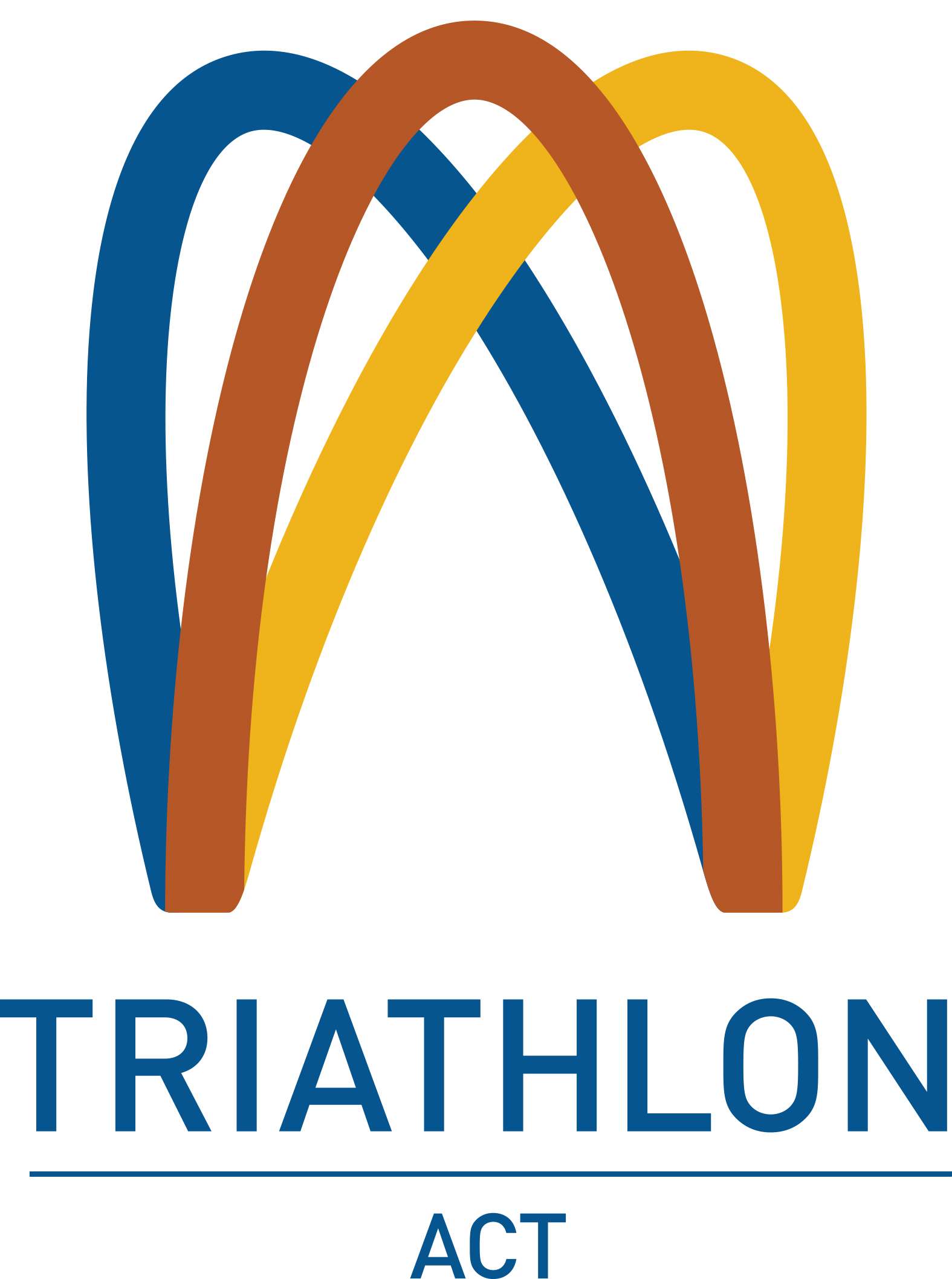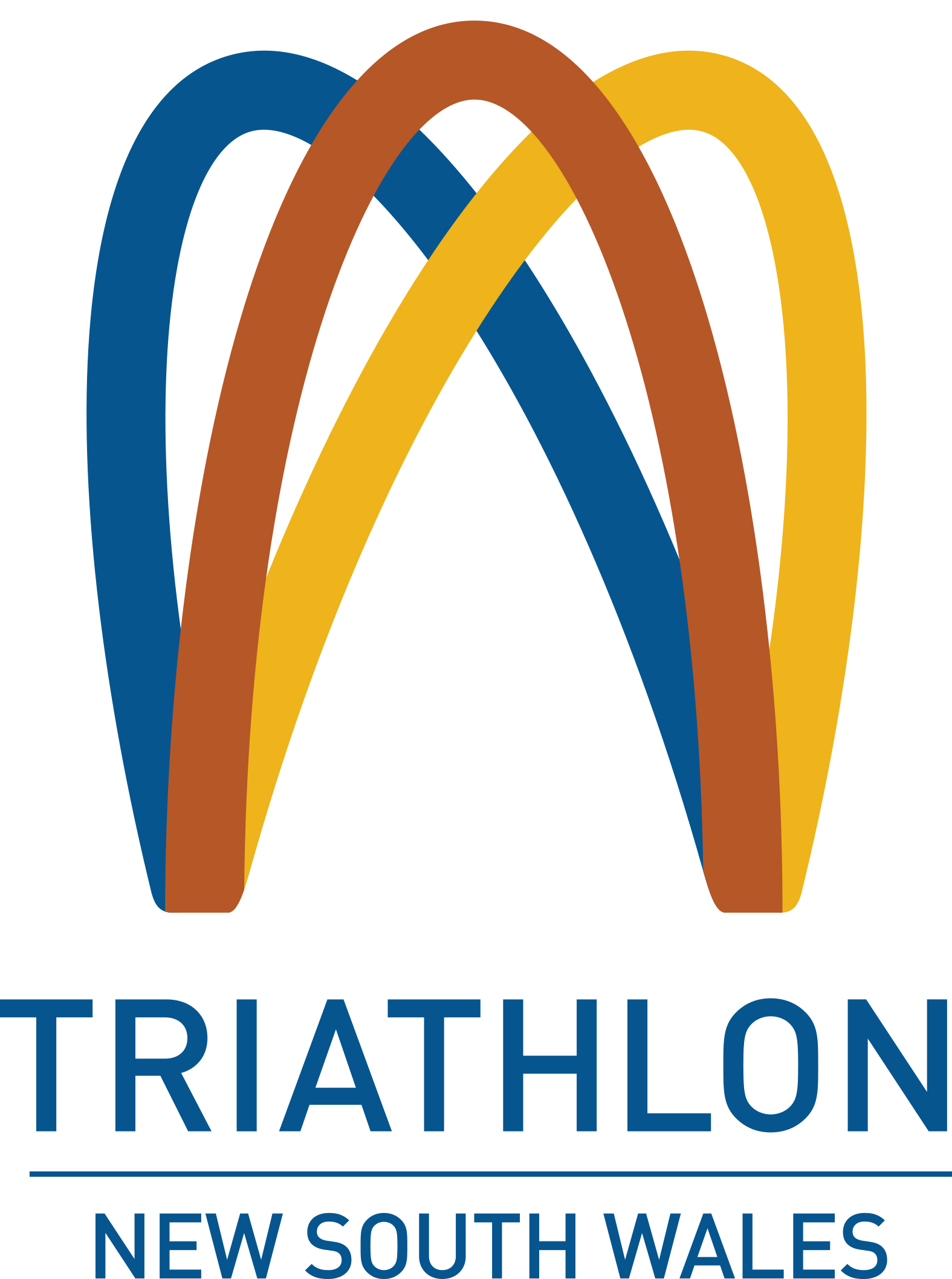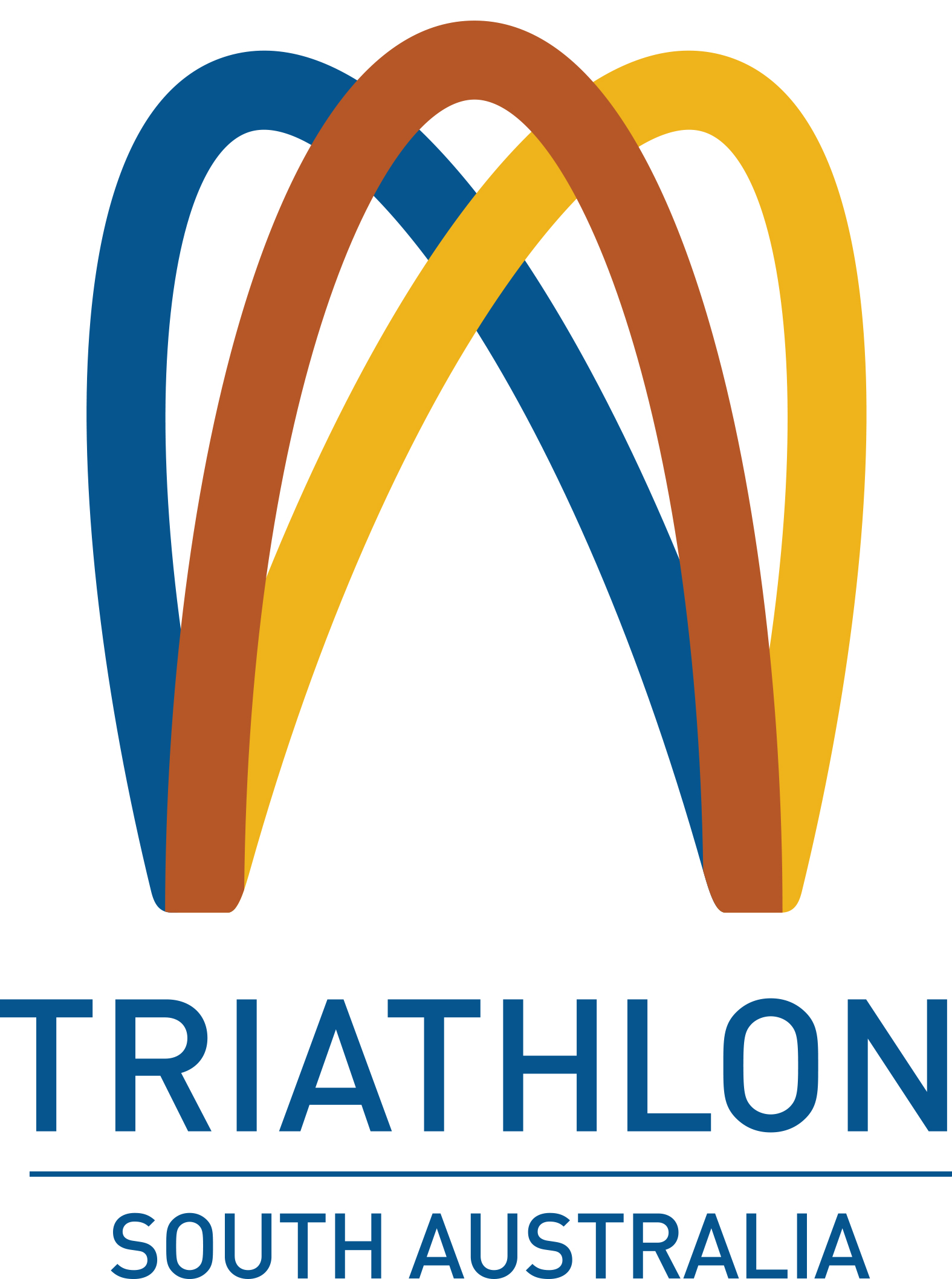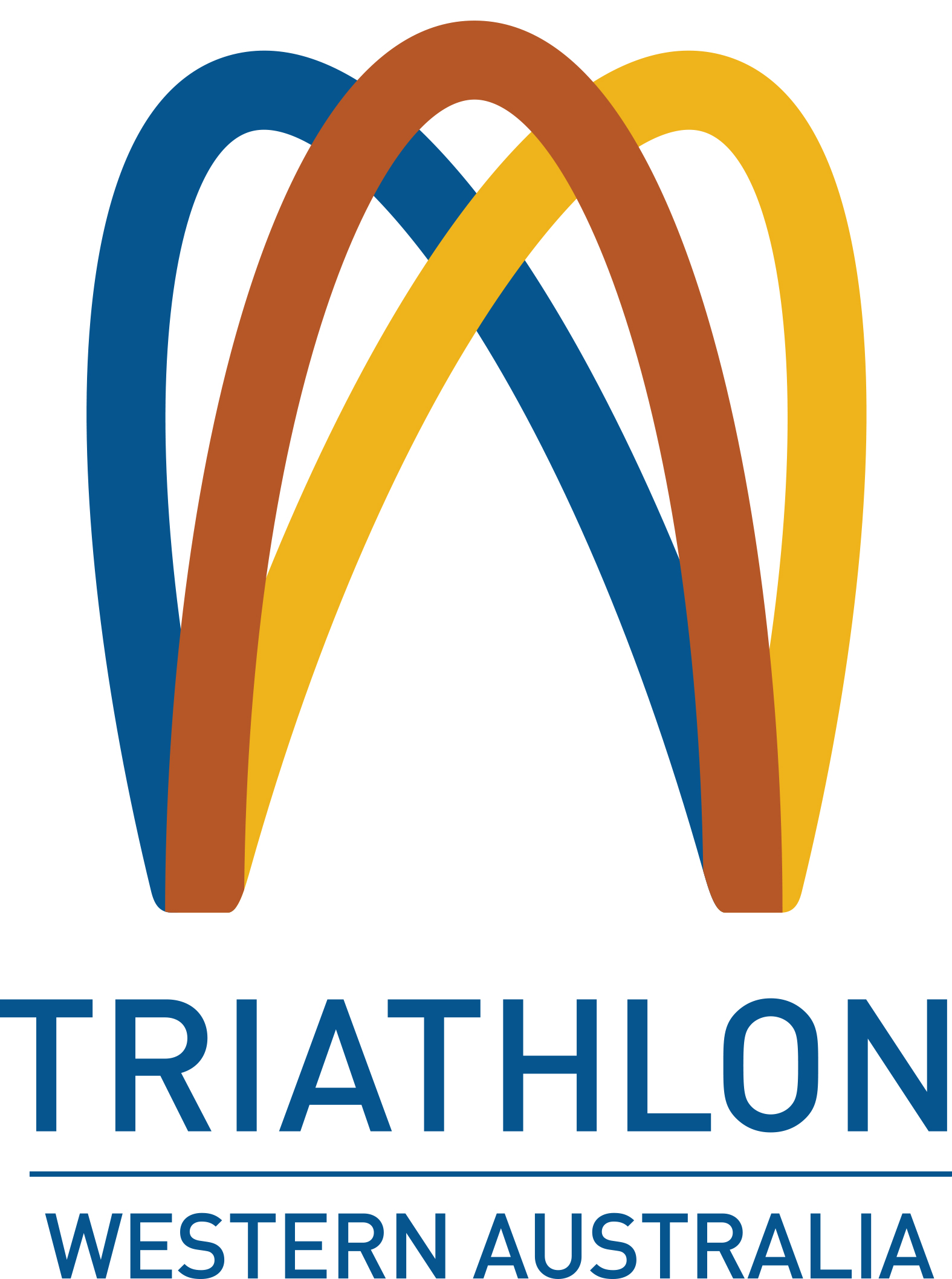By Claire Gibbs | Maurice Blackburn
Road rage and aggression is an all too common problem on Queensland’s roads. We’ve all seen the videos of cyclists being run down by angry motorists and stories of drivers attacking vulnerable road users. Anyone on two wheels is at a significantly heightened risk of harm and more exposed than those behind the wheel of a high powered machine. Sadly, Queensland Government statistics reflect this trend with 269 bicycle riders hospitalised in 2017 – 55 more than the previous year.
A recent study by the Monash University Accident Research Centre found that almost nine in every ten Australian drivers have carried out some form of road rage, with aggressive driving being “prevalent” on our roads. What then should Triathlon Queensland members do to protect themselves against this rising number of road rage incidents?
- Educate yourself prior to getting on the road or getting into unfamiliar terrain or territory. You can shift the balance of power back towards the rider by having a good understanding of the road rules, the area you are riding in and your rights as a road user. This knowledge goes a long way to protecting yourself and avoiding situations that make you more vulnerable.
- This should share equal spot with number 1 and is a no brainer – try and stay calm! When your life is put at risk, we know staying calm is easier said than done. It’s essential that you remain in a rational state to be able to properly protect yourself when facing abuse or threatening behaviour from someone who is clearly in an irrational one.
- Do not engage or retaliate. When you’re at risk the fight or flight response kicks in. It’s a natural instinct to want to fight back. However it’s never going to be a fair fight when you’re the one on two wheels. If possible, avoid direct eye contact, don’t respond in the moment and never lash out physically at the driver or the vehicle as there may be legal repercussions for you.
- Remove yourself from the situation and the danger. The perpetrator is usually a stranger and you never know what their propensity for violence is. Get off your bike, walk or run to the nearest public place, take a different route, and keep as much distance as possible between you and the vehicle and/or driver.
- Record details of the incident as best you can and report it, or if you witness dangerous behaviour, always report it to the police. In Queensland you can report dangerous driving online: http://www.police.qld.gov.au/forms/hoonOnline.asp ) or phone 13 HOON (13 46 66). The more details you can provide the better, like vehicle type, make, mode, colour or any distinguishing features, and if there were any witnesses try and get their contact details. The information you provide to Police can help identify and prosecute repeat offenders and make the roads safer.
Maurice Blackburn are the preferred legal supplier for Triathlon Queensland. For more information on how Maurice Blackburn can get you back on track, call 1800 810 812 or visit mauriceblackburn.com.au
